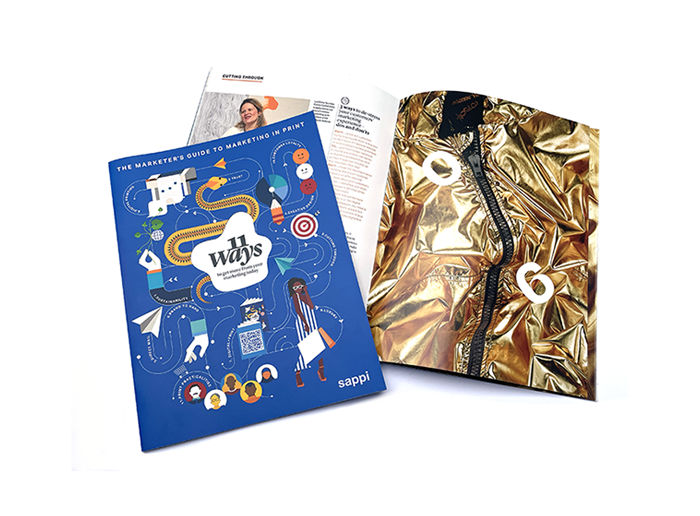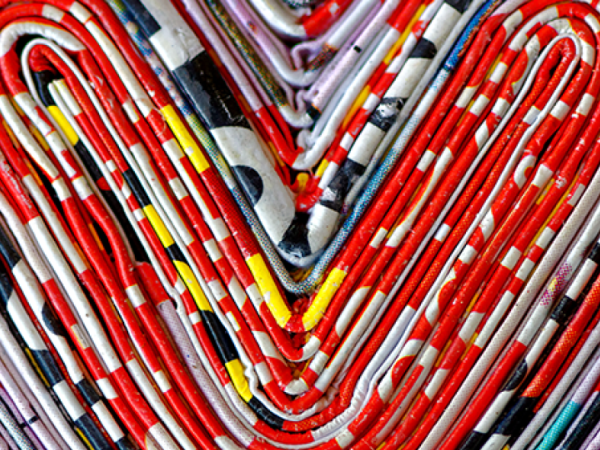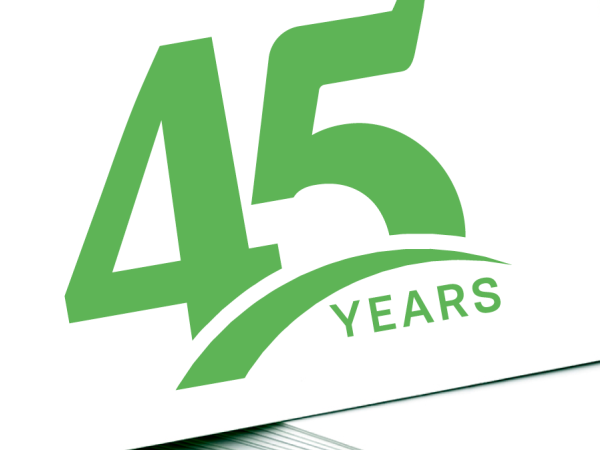Print and Digital Synergy Boosting Marketing Success
Two very different channels make great marketing partners – you just need to get the best from their teamwork

Earlier this year, Forbes claimed multichannel marketing was “taking over as the go-to option”. So far, so nothing new. After all, why rely on the blunt edge of a single channel when the use of many means varied, engaging messaging? But when it comes to digital marketing, there’s a complementary channel that’s too often overlooked: print.
In recent years, marketing wisdom has extolled the dynamic virtues of digital campaigns. And, at first sight, that makes sense – considering that a 2019 Adobe survey found that US consumers spend almost nine hours a day engaging with digital content.
Meanwhile, print is recognised for its deeper engagement, higher levels of trust and longevity. But it can do so much more. A 2019 study by marketing agency Magnetic found that campaigns that include magazines deliver better sales and customer acquisition than those without – investing 5% of a marketing budget in magazine ads gives an average 90% increase in ROI.
If today’s smart marketing money is on utilising multichannel campaigns, it should be no surprise that using print and digital together gets better results.
In a 2020 survey, US marketing agency PFL found that marketers who used four to six channels had the best response rates (77%). When one of those channels was direct mail (DM), 84% of respondents reported that it improved their campaign. Meanwhile, a 2021 UK study by analytics specialist WARC showed that 33% of campaigns using DM in the marketing mix showed an increase in ROI (compared to just 23% for the average UK marketing campaign). DM personalisation further allows brands to connect with customers.
QR codes are enjoying a new lease of life – Juniper Research estimates that, globally, one billion phones will access QR codes in 2022. Using them makes the jump from print to digital seamless, and offers brands new ways to engage with consumers. There are all sorts of possibilities: scanning a QR code placed in a print ad can open a shopping page or launch an augmented reality experience that could include a game, video or competition. They can also be used in brochures and catalogues to allow products to be ‘tried out’ in the home or simply to download an app.
If personalisation is (still) the next big thing – a 2021 US study by McKinsey found that 71% of consumers now expect to receive personalised interactions – then the print-plus-digital partnership has great potential here, too. For example, personalised brochures or catalogues can be sent to specific customers based on their digital preferences or what they have bought before. Or a special offer can be direct-mailed to a customer on their birthday. Good data is the only prerequisite – so that customers receive messages and offers that match their wants.


Case study 1
TOFU
In 2021, the Commonwealth War Graves Commission (CWCG) wanted to increase awareness of War Graves Week in the UK. They particularly wanted to reach a younger audience – and encourage them to participate.
Ad agency M&C Saatchi developed a DM campaign that utilised handwritten letters, ostensibly from servicemen and women who had died in a conflict, sending them to addresses in the streets where they used to live.
In combination with the letters, a geo-targeted paid social campaign aimed to encourage people to discover “who lived on your street” and to join events on social media.
“The strength of the print aspect was the humanity on display in the letters. Different stories, experiences, hopes and fears made them incredibly personal… The tangible nature of the letters was crucial to the campaign.”
The aim was to generate word-of-mouth in regions where War Graves Week events were happening, with the printed DM campaign acting as a spark to inspire people to find out about those who had lived on their streets and encourage them to engage online.
The DM strategy was effective in driving traffic to the CWCG website and making War Graves Week relevant to modern audiences. The campaign reached 2.7 million people – and led to a 34% increase in website traffic.

Case study 2
MOFU
Multinational confectionery manufacturer Cadbury had a problem to solve. There was plenty of awareness – 91% – around their Creme Eggs during the Easter period in the UK. What they needed was more consumer consideration – and specifically to motivate the 16- to-34-year-old age group.
Media agency Carat developed an egg hunt that planted product in other brands’ ads and websites. Big names such as Unilever, LVMH, Tesco and Honda signed up to the campaign. Consumers who found eggs were directed to the Creme Egg website to discover if they had won a prize.
Eggs were hidden in print, digital and outdoor ads. Newspapers and magazines hid eggs in editorial content and ads. On social media, clues were provided as to which brands were involved and a YouTube video launched the hunt.
The combination of print, digital and outdoor worked together to create a flourishing eco-system for the egg hunt – consumers continually coming across clues as they moved between different media.
The campaign was a big win for everyone involved. There were 635,000 entries in three months, with Creme Egg sales increasing 45% year-on-year – while partner brands saw ad dwell time increase by as much as a factor of 10.

Case study 3
BOFU
German rail company Deutsche Bahn were more concerned with conversion. They wanted to promote tickets for fast and inexpensive travel within Germany – their problem being that 72% of Germans preferred to holiday abroad because they found their own country “boring”.
Ogilvy Frankfurt’s 2019 solution was to persuade travellers that they didn’t have to travel far to experience the exotic. Lookalike destinations were available locally – and for just 19€ a train ticket.
Though Deutsche Bahn originally wanted a social media-only campaign, for Ogilvy it was important that it ran through multiple channels.
“We wanted to collide the two worlds of creativity and programmatic. You need creativity and you need tech… Just because I see the right product at the right time doesn’t mean I want it. It is the creativity that makes it convincing.”
The ad campaign ran across print, outdoor and display. It featured side-by-side pictures of an international destination and one that looked similar in Germany – with the different prices clear.
Instagram influencers were also brought on board to test out the local locations and provoke a little FOMO, while relevant groups were targeted on social media.
The campaign, which began as a simple comparison of photos printed in traditional print media, ended up being Deutsche Bahn’s most positive social media campaign, prompting 23.5 million ad impressions. The click-through rate was 850% higher than regular campaigns – and was accompanied by a conversion rate of 6.61% that lifted revenue by fully 24%.

3 ways print can boost your digital marketing ROI
1. Use tech
Technological tools such as QR codes and augmented reality allow print products to interface with mobile phones and other digital devices. Marketers are getting more creative with how they use this tech – it’s no longer enough to be taken to a home page. Vogue Singapore, for example, turned its cover into a giant QR code that, when scanned, showcased a range of covers by artists. It helped the brand make its multichannel content more appealing – and more measurable.
2. Get personal
Use the data generated by online activity to personalise print comms. The flexibility of digital printing allows precise targeting of customers in mailings and catalogues. “By intelligently using our customer data, we can respond to each customer’s preferences and user behaviours,” says Susan Fulczynski, a manager at Hamburg-based fashion retailer bonprix, “enabling us to add a personal touch to the promotional material we create – and increase the conversion rate.”
3. Send catalogues
Printed catalogues are enjoying a resurgence, with even ‘pure’ online retailers such as Wayfair, Bonobos, Birchbox and Amazon using them. And it makes great ROI sense. According to research last year by the Harvard Business Review, a luxury online US jewellery retailer started sending a bi-monthly printed catalogue to 40% of its customers. After six months, sales were up by 15% and enquiries by 27% – with ROI calculated at 600%.



